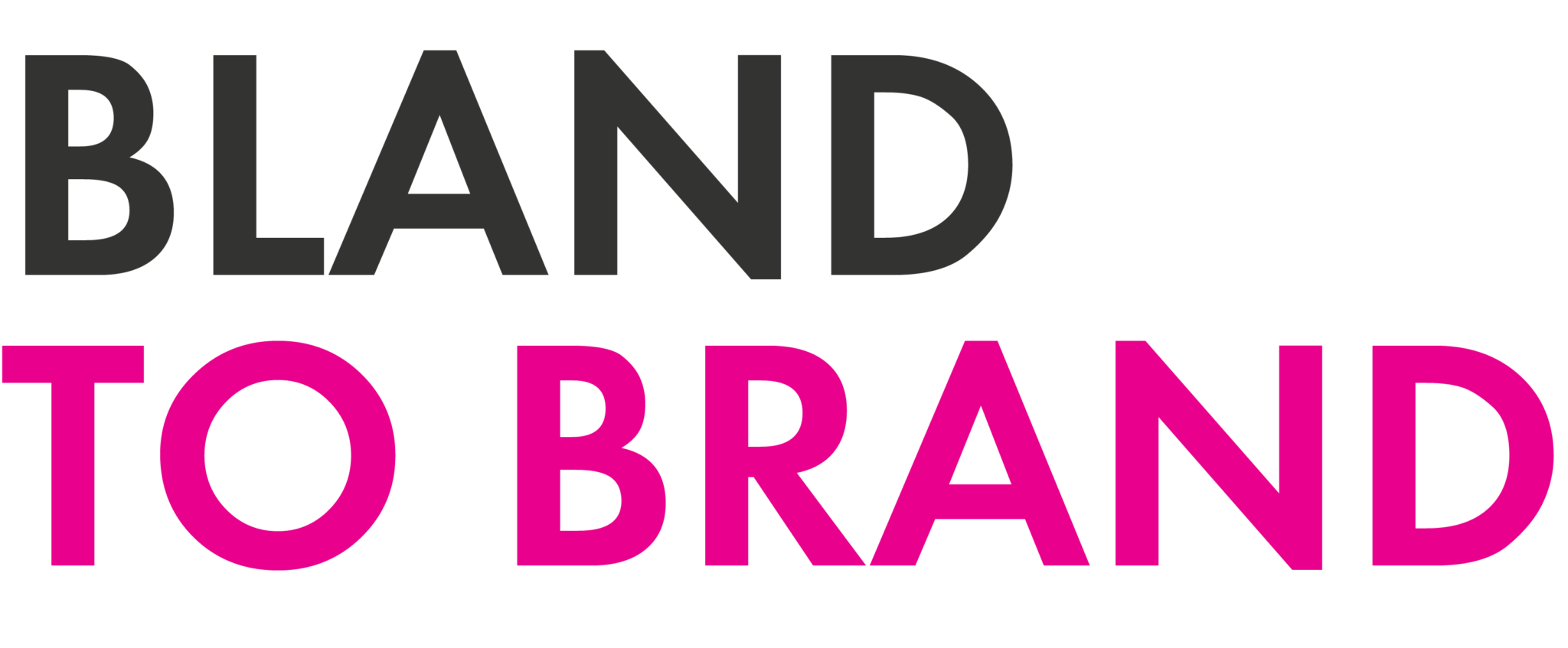4 WAYS BRAND HELPS B2B PROPOSITIONS
Brand really is a device that emerged from consumer markets. First coming to prominence with the soap wars between Unilever and Procter & Gamble. Its goal is to persuade and influence consumers based on emotional and psychological benefits.
Brand creates an illusion. It takes dull and boring subject matters and makes them captivating and interesting. To move consumers beyond the physical or functional attribute that products or services offer. So is brand as important in B2B (Business to Business) relationships as it is in B2C? (Business to Consumer)
The simple answer is yes, and the reason is that B2B just moves slower compared to B2C, what to speak of FMCG. (Fast Moving Consumer Goods) B2B is actually a ripe environment to play ‘brand games’ as the market is so un-brand savvy. Compare B2B to how fashion brands advertise and you can see how far behind the communications really is.
So how does brand play out in B2B environments and what does it help you achieve?
1 ) The art of persuasion
Whatever market you are operating in, the end goal is to convince a customer, consumer or client, to buy what you are selling. The reasons for purchase can be anything from a ‘good fit,’ ‘great product,’ ‘bang for your buck,’ or just simply ‘I like you.’ Regardless, in the end, salesmanship is at play and the need to persuade your target that you
offer the best solution.
Brand in a massive way helps you out. Brand’s whole purpose is to leverage on emotions and to paint a picture of perfection in the mind of your prospect. The tricks that are used in the B2C space easily transfer over. Get rid of that standard stock photography of men in suits shaking hands. Well thought out brand communication allows you to use images that grab a person’s attention, that helps you get your message across.
For some reason, it is just naturally thought that brand communications, or any selling tools like brochures etc. have to be boring and dry. They don’t. They can be sexy and they can seduce.
2) Stand out from your competitors
This leads us nicely to our next point. If you communicate better and your literature suite doesn’t look stale and boring and has powerful language which engages and is more emotive, which is driven by a set of well defined brand values that you have derived, and you know what you stand for and how that is not only functionally better but also makes a prospect go, ‘whoa that is cool,’ then you will stand head and shoulders above your competitors.
Why is it only the B2C realm that we can have funky, entertaining or engaging video content? Why can’t B2B prospects receive print communications which are quirky and unusual and different from your standard brochure with a bit of gold foiling if you are getting really adventurous? Why is it that in the B2B space we are only allowed one brochure and a few pamphlets when we want to sell our products or services? Why can’t we have an array of communication ‘weapons’?
3) A reason to connect
By inhibiting and restricting B2B communications, you put immense pressure on the heads of salespeople. They have targets to meet after all. The phone is often their best friend. Instead of leaving them to the typical devices of: ‘how are you doing, let’s grab a coffee meeting’, and fancy lunches, imagine if the B2B salesman was assisted by clever communications driven by the brand. If your prospect received something in the post which made them stop and look. Then your salesman called and said ‘hey, did you get our package, what did you think of it?’ That’s a million times better than a ‘how are you doing’ call.
Good brand communication is a great conversation starter or a way to pick up a dialogue again. If this piece of communication that you send out in whatever platform creates an impression and is meaningful and connects with your brand and produces a reaction, suddenly you go up a massive notch in the prospect’s mind because you know that your competitors won’t be as savvy.
4) It’s an easier and a more targeted win
What’s really cool about B2B communication is that you are more waging a war with a potential lead. B2C is a much harder battle. Decisions are made much quicker. Competing brands are just an arm reach away on a shelf. The mountains of adverts they have seen or reviews they have heard either makes a buyer within a split-second move a few inches one way or another and pick what they are lead to believe is better by the constant barrage of images and messages that make up the array of branded communications.
With B2B it is much slower pace. Decisions are sometimes made over months even possibly years. Here you have time to seduce and persuade a target. You can really get in their head and the great thing is, it doesn’t cost as much. It’s not like in B2C where you have to sell thousands of a single product to generate the revenue you need. Where, to do so, you have to engage in mass communications TV ads or billboards, magazine ads, whatever, all highly expensive and not as targeted as B2B. In B2B scenarios, to catch one big fish can change the fortunes of a company and all you have to do is gear your communications to that one organisation.
It is far more winnable but there is just a reluctance to use brand driven, creative and engaging communications to do the job. The onus in B2B sales is the salesman and that relationship. Well branded clever communications can really help win a battle that is far easier than any B2C one.

